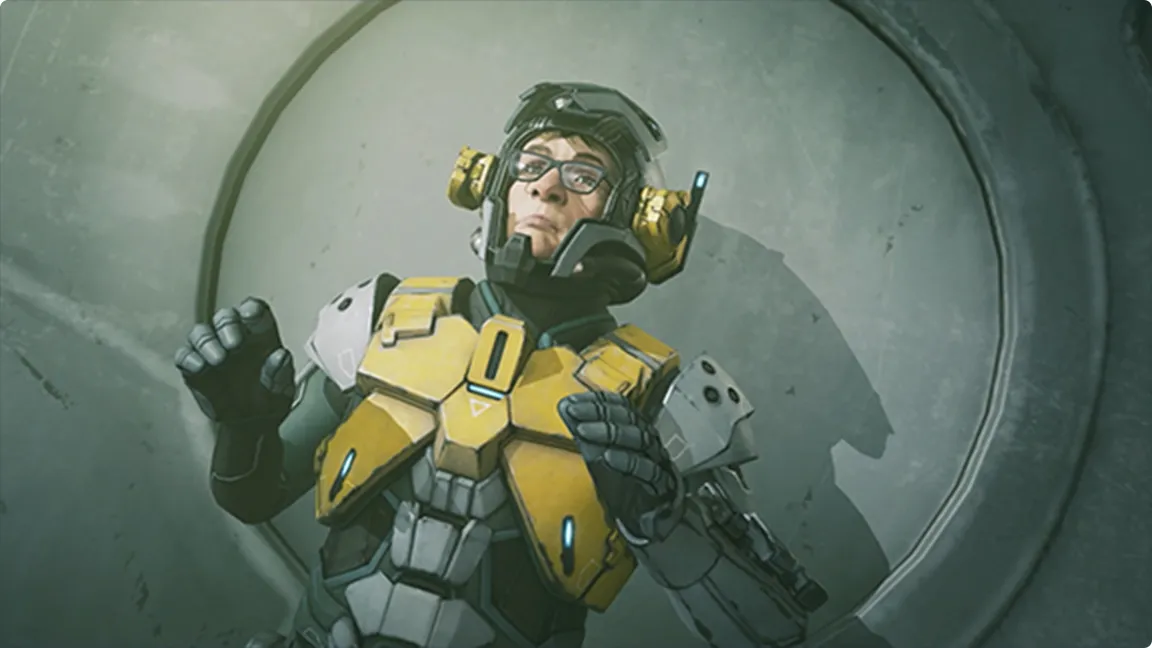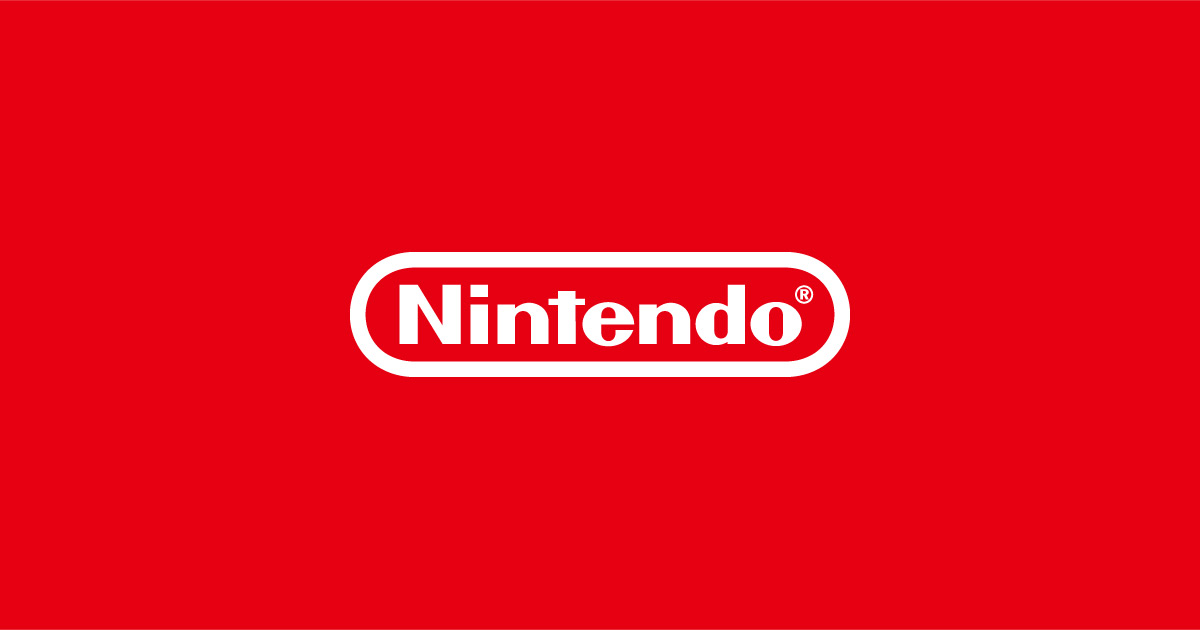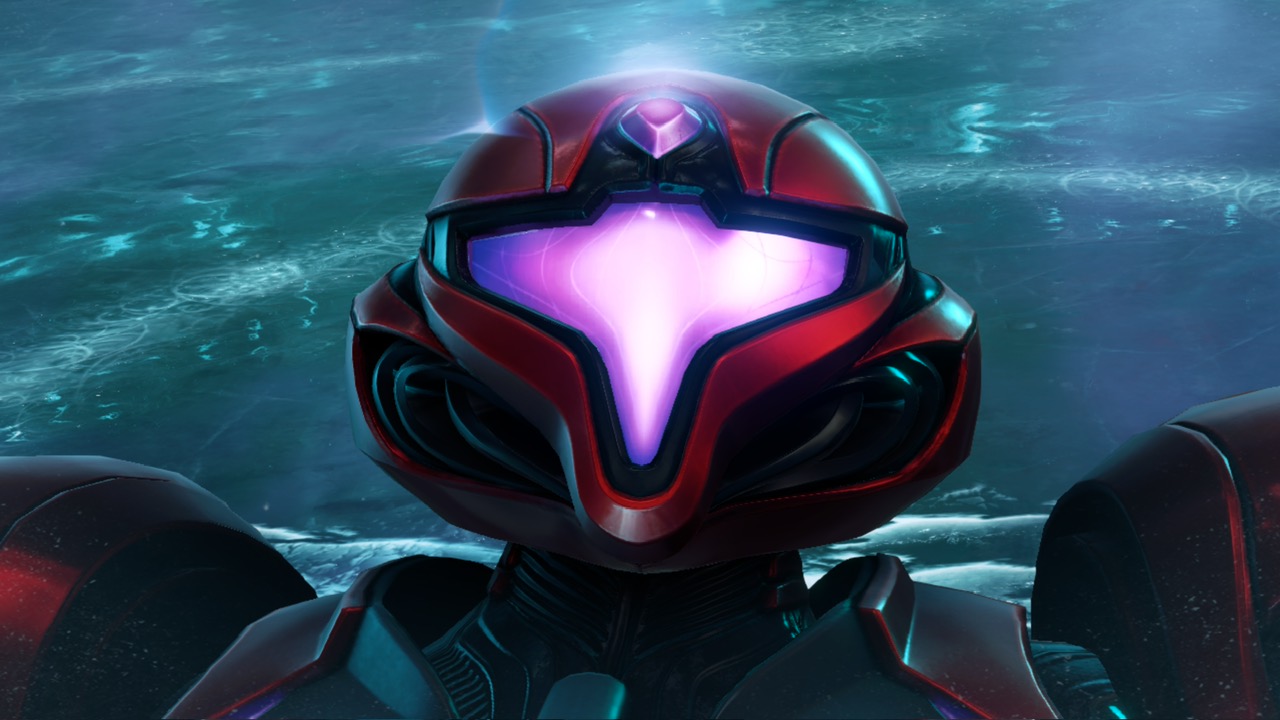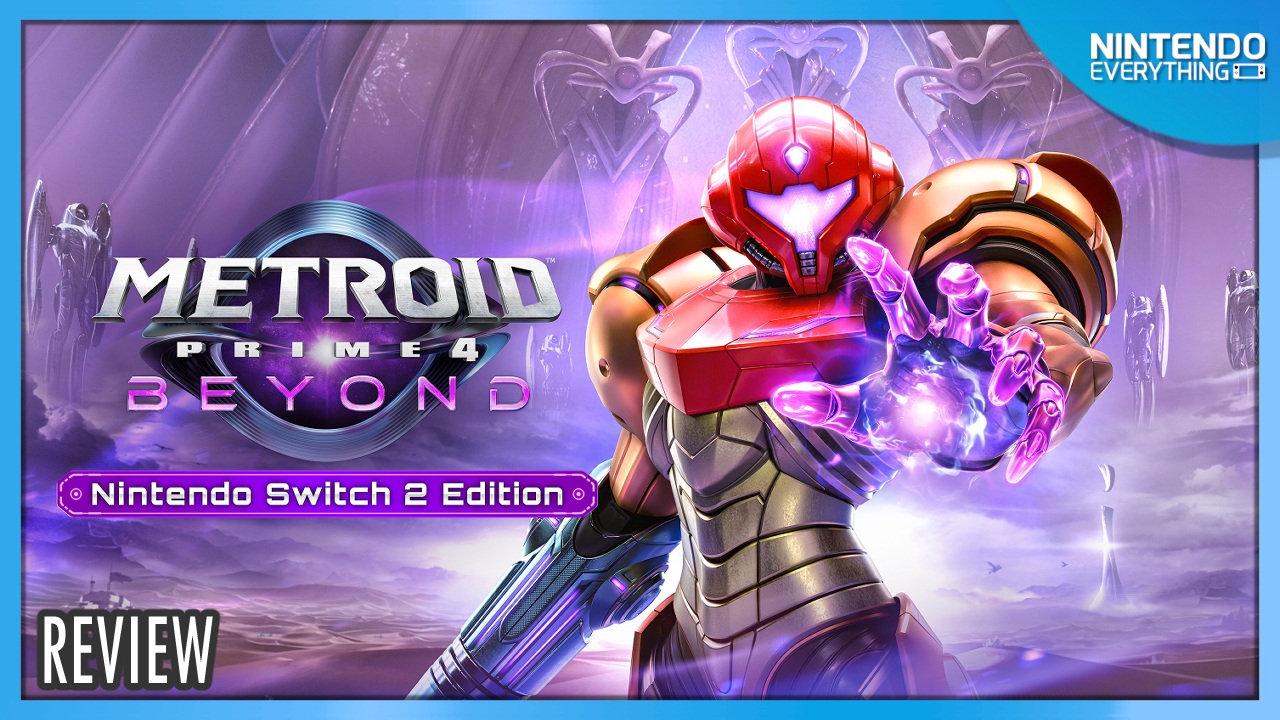Metroid Prime’s legacy as a groundbreaking Nintendo title owes as much to creative conflict as it does to technical achievement.
This month, fans have a unique opportunity to delve into the making of the legendary trilogy with the release of "Metroid Prime 1-3: A Visual Retrospective." The book, featuring firsthand insights from series producer Kensuke Tanabe, reveals how the collaboration—and occasional clashes—between Nintendo and Retro Studios shaped the acclaimed series. Retro Studios, based in Texas, took on the ambitious task of developing Metroid Prime for the Nintendo GameCube, marking the studio’s first project with Nintendo.
Tanabe details in the retrospective how communicating Nintendo’s design philosophy wasn’t always straightforward.
“It required time for us to clearly communicate our concept to Retro,” he notes.
Early development was marked by differing approaches to game design specifications, leading to frequent disagreements between the North American developers and their Japanese publisher. Retro Studios often advocated for Western-style development priorities, sometimes challenging Nintendo’s established methods.
Tanabe recounted explaining, in effect, that Retro was making a Nintendo game for the first time and should defer to Nintendo’s extensive experience.
This dynamic frequently resulted in lengthy creative discussions.
In one instance, a debate over the design for the Meta Ridley boss encounter extended from morning until sunset.
Tanabe also highlighted the influence of Shigeru Miyamoto, emphasizing that enemy character appearances should be rooted in functionality—an idea that had yet to be clearly expressed to Retro in the project’s early days. Despite such challenges, the willingness of Retro’s staff to question decisions played a pivotal role in shaping Metroid Prime’s distinctiveness.
A key example cited in the new retrospective involves the Morph Ball transformation sequence.
Retro proposed the innovative third-person camera transition, which became a signature feature, though Nintendo, under Miyamoto’s guidance, insisted the transformation animation should remain unskippable to emphasize Samus’s character.
Retro also originated the half-pipe mechanic in Morph Ball mode, a now-iconic gameplay element that the team advocated for by inviting Nintendo to experience it first-hand before making a final judgment. The development of Metroid Prime concluded with broad mutual respect between both companies.
As Tanabe summarizes, the trilogy succeeded because Retro Studios “maximized the hardware’s potential through expert engineering, incorporated countless ideas without compromising game design, and set new graphical standards for Nintendo titles.” Released initially for the Nintendo GameCube in 2002, Metroid Prime went on to spawn one of gaming’s most revered trilogies, later remastered for the Nintendo Switch and consistently celebrated in Nintendo Direct showcases and eShop releases. The story of Metroid Prime’s creation, as meticulously chronicled in "Metroid Prime 1-3: A Visual Retrospective," stands as a testament to the fruitful, if sometimes fractious, partnership between Nintendo and Retro Studios.
Their combined vision delivered an experience that continues to set benchmarks in both game design and hardware innovation.
This month, fans have a unique opportunity to delve into the making of the legendary trilogy with the release of "Metroid Prime 1-3: A Visual Retrospective." The book, featuring firsthand insights from series producer Kensuke Tanabe, reveals how the collaboration—and occasional clashes—between Nintendo and Retro Studios shaped the acclaimed series. Retro Studios, based in Texas, took on the ambitious task of developing Metroid Prime for the Nintendo GameCube, marking the studio’s first project with Nintendo.
Tanabe details in the retrospective how communicating Nintendo’s design philosophy wasn’t always straightforward.
“It required time for us to clearly communicate our concept to Retro,” he notes.
Early development was marked by differing approaches to game design specifications, leading to frequent disagreements between the North American developers and their Japanese publisher. Retro Studios often advocated for Western-style development priorities, sometimes challenging Nintendo’s established methods.
Tanabe recounted explaining, in effect, that Retro was making a Nintendo game for the first time and should defer to Nintendo’s extensive experience.
This dynamic frequently resulted in lengthy creative discussions.
In one instance, a debate over the design for the Meta Ridley boss encounter extended from morning until sunset.
Tanabe also highlighted the influence of Shigeru Miyamoto, emphasizing that enemy character appearances should be rooted in functionality—an idea that had yet to be clearly expressed to Retro in the project’s early days. Despite such challenges, the willingness of Retro’s staff to question decisions played a pivotal role in shaping Metroid Prime’s distinctiveness.
A key example cited in the new retrospective involves the Morph Ball transformation sequence.
Retro proposed the innovative third-person camera transition, which became a signature feature, though Nintendo, under Miyamoto’s guidance, insisted the transformation animation should remain unskippable to emphasize Samus’s character.
Retro also originated the half-pipe mechanic in Morph Ball mode, a now-iconic gameplay element that the team advocated for by inviting Nintendo to experience it first-hand before making a final judgment. The development of Metroid Prime concluded with broad mutual respect between both companies.
As Tanabe summarizes, the trilogy succeeded because Retro Studios “maximized the hardware’s potential through expert engineering, incorporated countless ideas without compromising game design, and set new graphical standards for Nintendo titles.” Released initially for the Nintendo GameCube in 2002, Metroid Prime went on to spawn one of gaming’s most revered trilogies, later remastered for the Nintendo Switch and consistently celebrated in Nintendo Direct showcases and eShop releases. The story of Metroid Prime’s creation, as meticulously chronicled in "Metroid Prime 1-3: A Visual Retrospective," stands as a testament to the fruitful, if sometimes fractious, partnership between Nintendo and Retro Studios.
Their combined vision delivered an experience that continues to set benchmarks in both game design and hardware innovation.






